The snakehead fish is a type of freshwater fish that belongs to the Channidae family. It is native to Africa and Asia but has been introduced to other parts of the world, including North America, where it is considered an invasive species.
The snakehead fish has a distinctive appearance with a long, cylindrical body that can grow up to 3 feet in length. Its head is shaped like that of a snake, hence the name “snakehead.” The fish has a dark brown or grayish coloration, and its body is covered in scales. Its fins are large and fan-shaped, and it has a mouth full of sharp teeth.
One of the unique characteristics of the snakehead fish is its ability to breathe air. Unlike most fish, which obtain oxygen through their gills, the snakehead fish can take in air through a specialized organ called the suprabranchial chamber. This adaptation allows the fish to survive in oxygen-poor environments, such as stagnant pools or low-flowing streams.
The snakehead fish is a top predator in its native habitat and feeds on a variety of prey, including other fish, frogs, and crustaceans. Its sharp teeth and powerful jaws make it a formidable hunter. The fish is also known for its aggressive behavior and has been known to attack humans who get too close.
In recent years, the snakehead fish has become a concern for conservationists and fishery managers in North America. The fish was first introduced to the United States in the 1970s for the aquarium trade but soon escaped into the wild. Since then, the fish has established populations in several states, including Maryland, Virginia, and Florida.
The snakehead fish is considered an invasive species because it has the potential to cause significant ecological and economic harm. As a top predator, the fish can disrupt food webs and prey on native species, leading to declines in biodiversity. The fish is also known to carry diseases and parasites that can infect native species and pose a threat to human health.
Efforts are underway to control the spread of the snakehead fish in North America. Some states have implemented regulations that restrict the possession and transport of the fish, and fishing tournaments have been held to encourage anglers to catch and remove the fish from the wild.
Despite its reputation as an invasive species, the snakehead fish has some cultural significance in its native range. In some Asian cultures, the fish is considered a delicacy and is used in traditional medicine. The fish is also popular in the aquarium trade due to its unique appearance and hardy nature.
Keeping a snakehead fish in an aquarium can be a challenging task, as these fish have specific care requirements and can grow quite large. Before considering keeping a snakehead fish in an aquarium, it is important to research the species and ensure that you are prepared to provide the necessary care.
Here are some tips for keeping a snakehead fish in an aquarium:
- Tank size: Snakehead fish can grow quite large, with some species reaching up to 3 feet in length. It is recommended to keep them in a tank that is at least 100 gallons, but larger tanks are better. The tank should be wide and shallow rather than tall, as snakehead fish prefer to swim near the surface of the water.
- Water quality: Snakehead fish prefer warm water, with temperatures between 75-85 degrees Fahrenheit. The water should also be kept slightly acidic, with a pH between 6.0-7.0. It is important to regularly test the water quality and perform partial water changes as needed to maintain good water conditions.
- Filtration: A powerful filtration system is essential for keeping snakehead fish in an aquarium. These fish are messy eaters and produce a lot of waste, so a high-quality filter is needed to keep the water clean and clear.
- Tank decorations: Snakehead fish prefer a heavily planted tank with plenty of hiding places. Live plants, driftwood, and rocks can be used to create a natural environment for the fish. It is important to choose tank decorations that are sturdy and won’t be easily knocked over by the fish.
- Feeding: Snakehead fish are carnivorous and require a diet of live or frozen meaty foods. Feeder fish, shrimp, and crickets can be used to provide a varied diet. It is important to avoid overfeeding, as snakehead fish can quickly become obese and develop health problems.
- Tankmates: Snakehead fish are aggressive and territorial, and may not be suitable for a community tank. It is best to keep them alone or with other large, aggressive fish that can hold their own.
- Handling: Snakehead fish are known for their sharp teeth and aggressive behavior, and should be handled with caution. It is important to wear gloves when handling these fish, and to use a net to transfer them between tanks.
There are many different species of snakehead fish, with a wide range of sizes, colors, and patterns. Here are some of the most common types of snakeheads:
- Channa argus: Also known as the northern snakehead, this species is native to eastern Asia and has been introduced to North America. It can grow up to 3 feet in length and has a brownish-green coloration.
- Channa marulius: Also known as the giant snakehead, this species is native to Southeast Asia and can grow up to 5 feet in length. It has a distinctive black and white pattern on its body.
- Channa micropeltes: Also known as the red snakehead, this species is native to Southeast Asia and can grow up to 3 feet in length. It has a bright red coloration and is popular in the aquarium trade.
- Channa striata: Also known as the striped snakehead, this species is native to Southeast Asia and can grow up to 2 feet in length. It has a striped pattern on its body and is often used in traditional medicine.
- Channa gachua: Also known as the dwarf snakehead, this species is native to South Asia and can grow up to 8 inches in length. It has a brownish coloration with black spots on its body.
- Channa bleheri: Also known as the rainbow snakehead, this species is native to Southeast Asia and can grow up to 12 inches in length. It has a colorful pattern on its body, with shades of blue, green, and red.
- Parachanna africana: Also known as the African snakehead, this species is native to Africa and can grow up to 2 feet in length. It has a brownish coloration with a distinctive pattern on its body.
Each species of snakehead has its own unique characteristics and care requirements, so it is important to research the specific species before keeping one in an aquarium.
In conclusion, the snakehead fish is a fascinating species that has both positive and negative aspects. While it has unique adaptations that allow it to thrive in harsh environments, it also poses a significant threat to native ecosystems in North America. Efforts to control its spread and prevent further introductions are essential to protect biodiversity and human health.
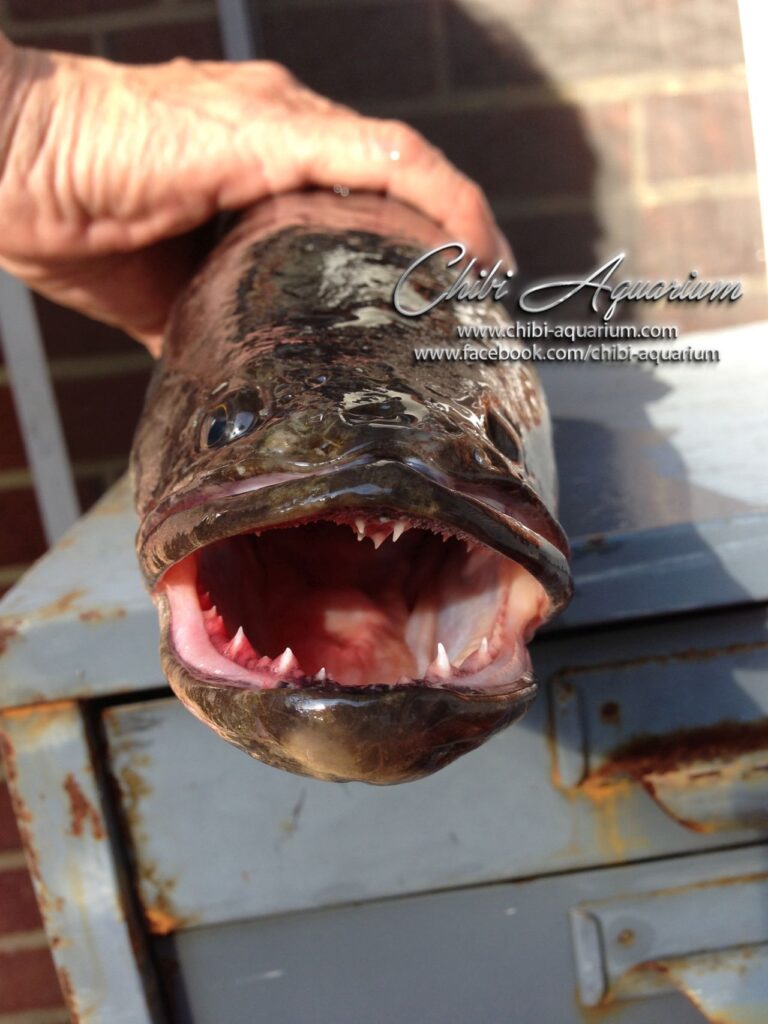
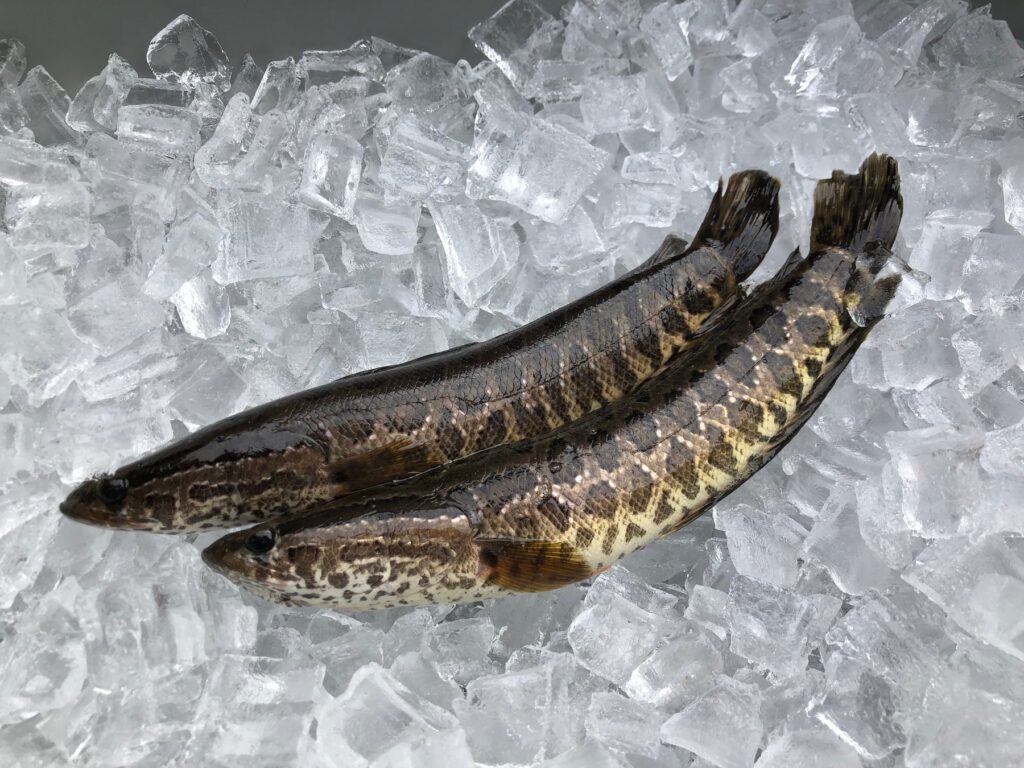
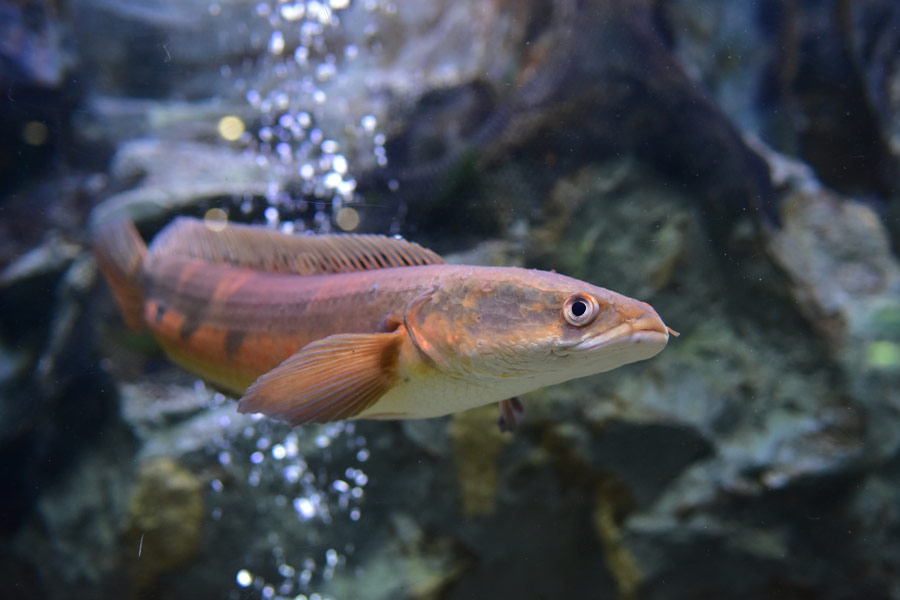
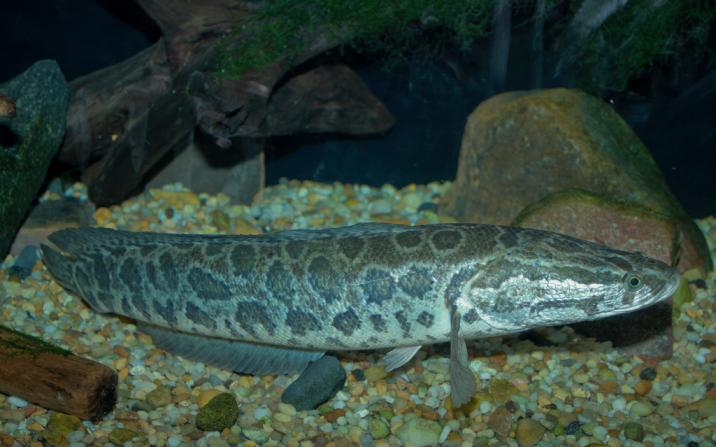
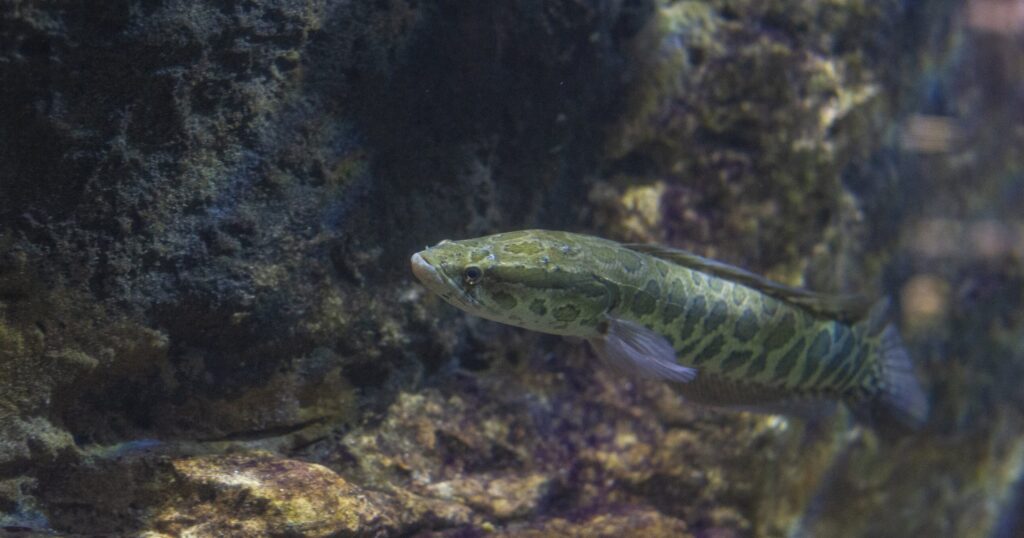

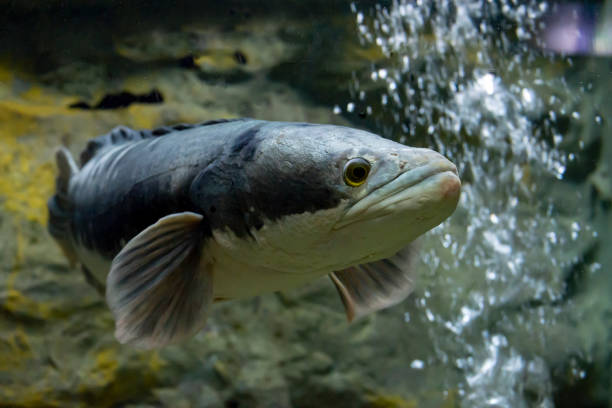
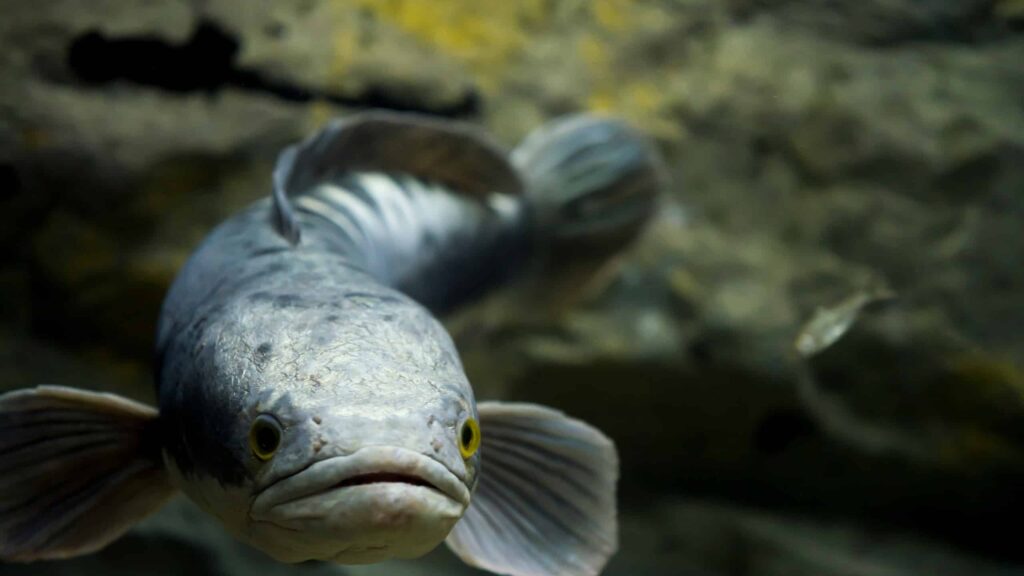
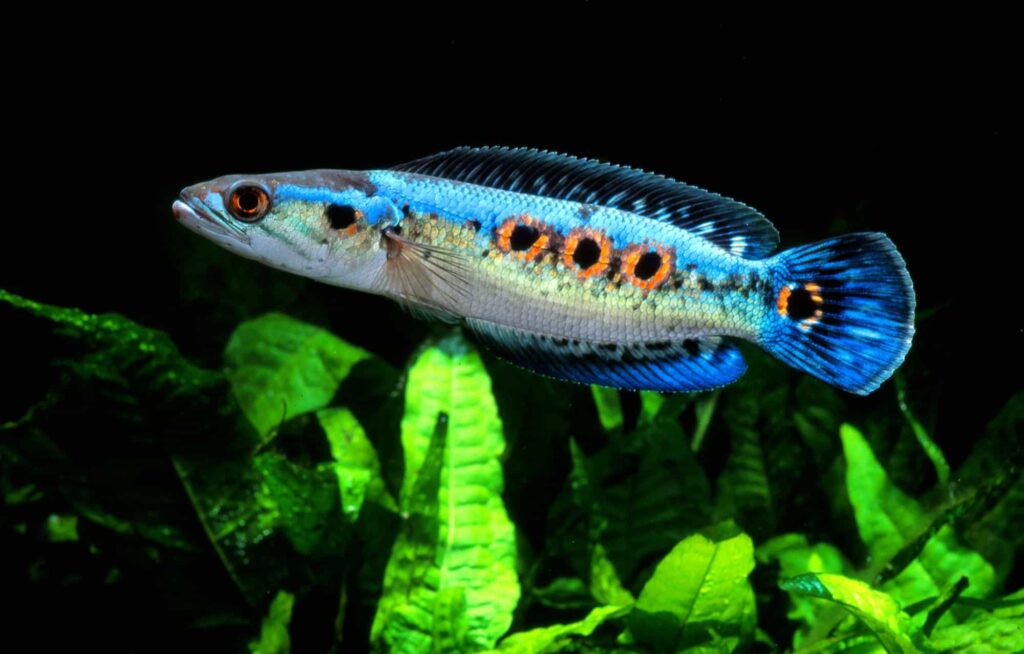
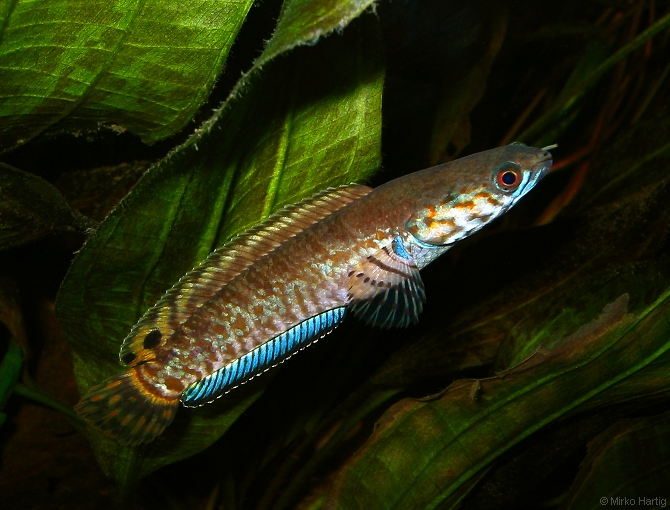
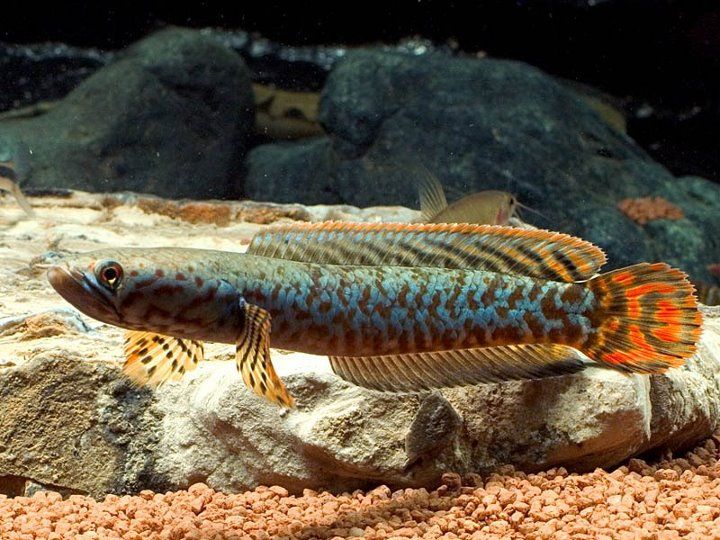
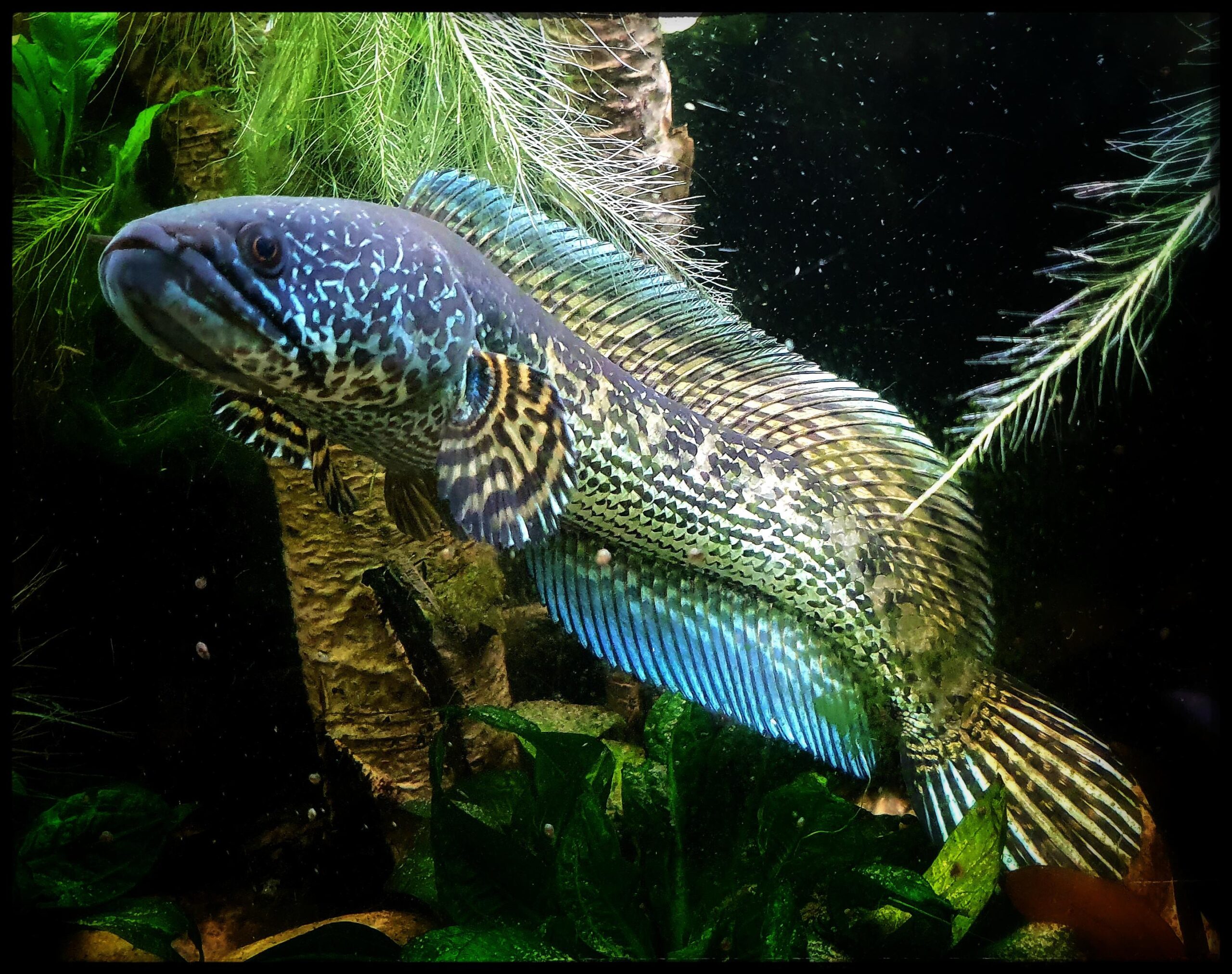
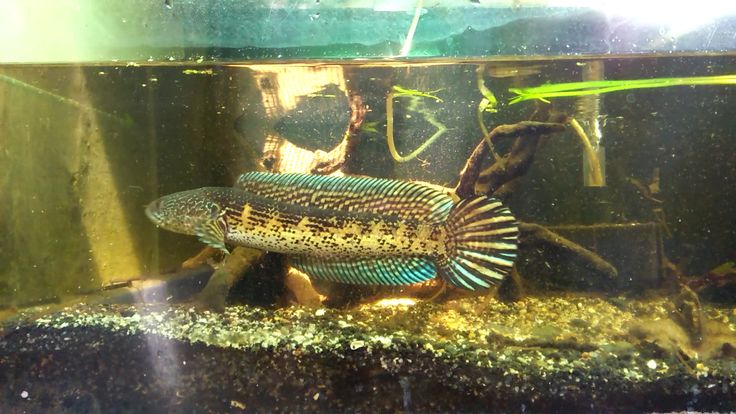
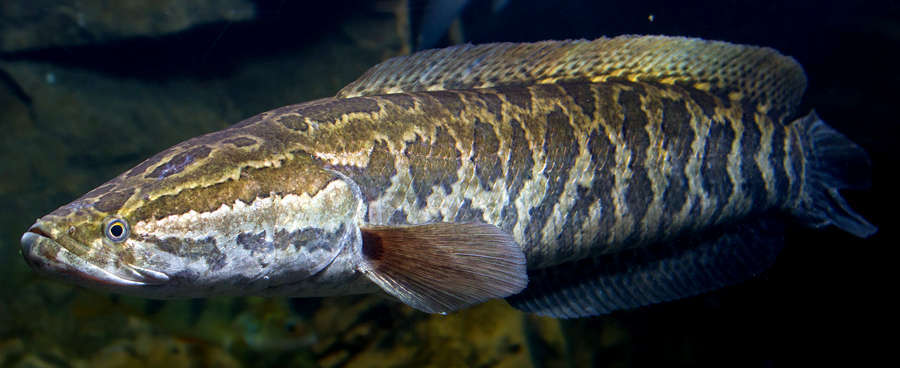
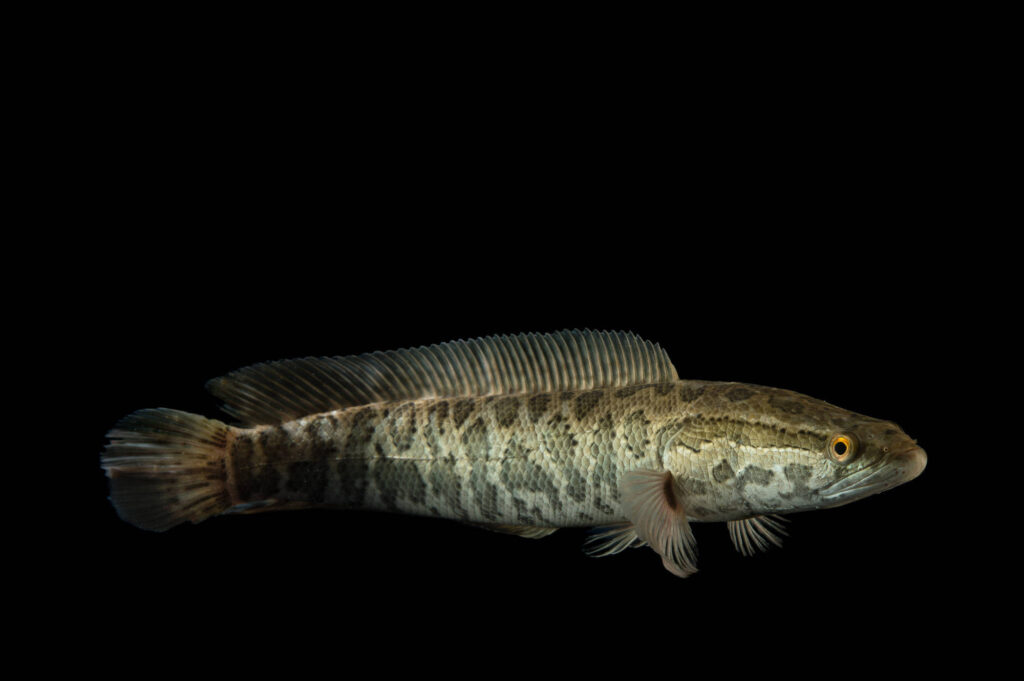
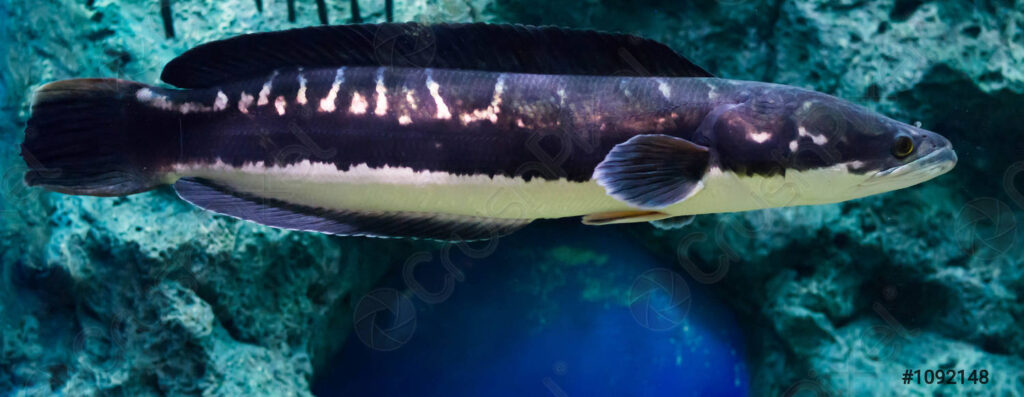
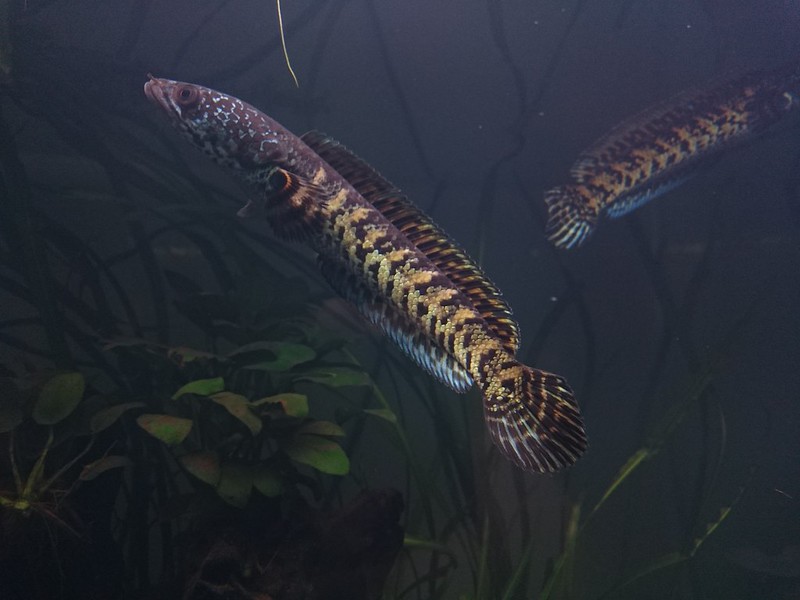
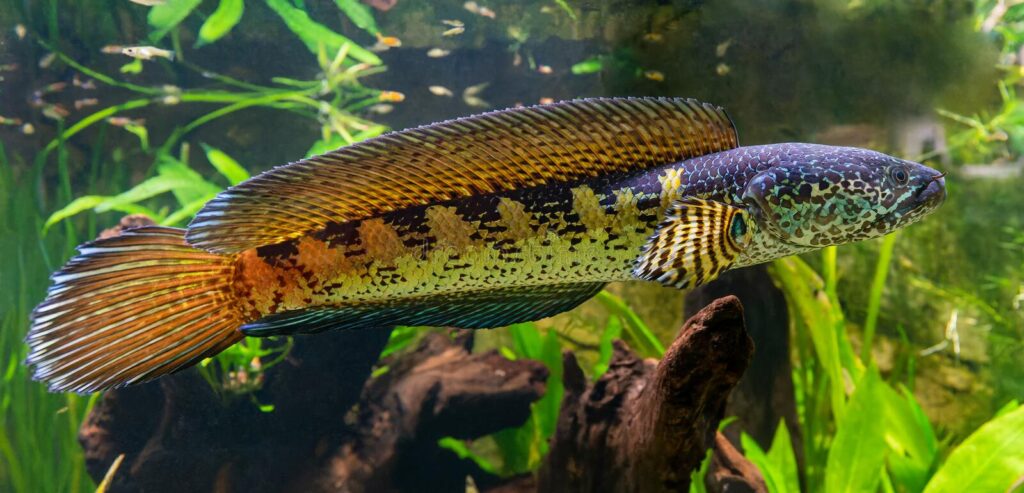
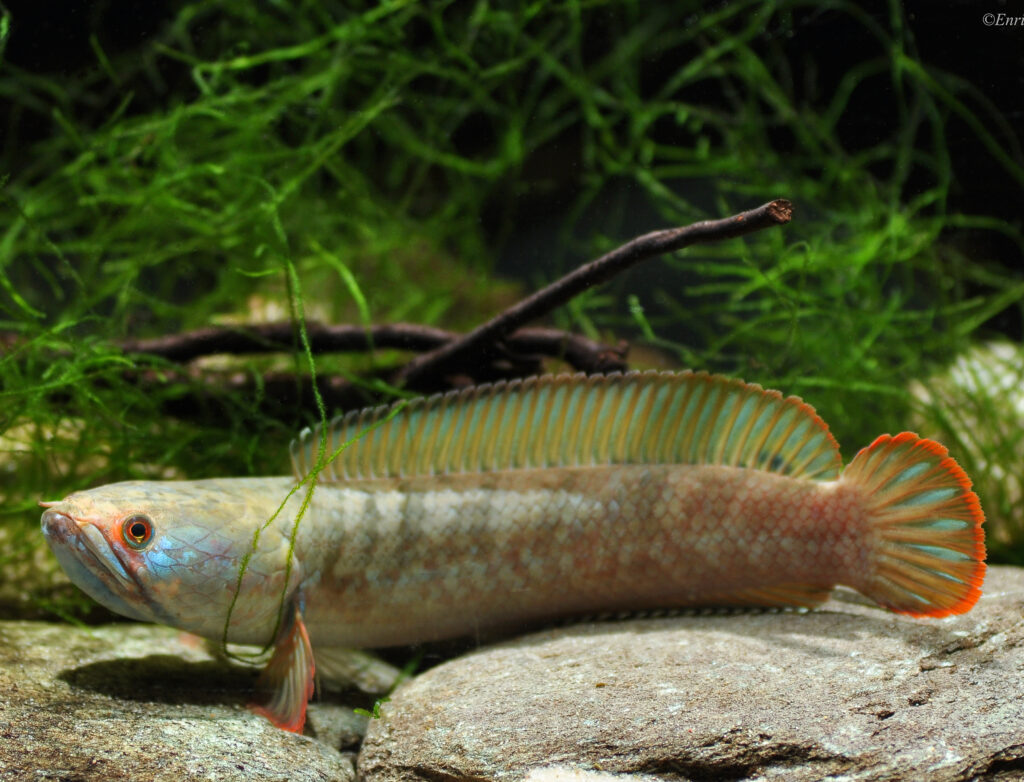
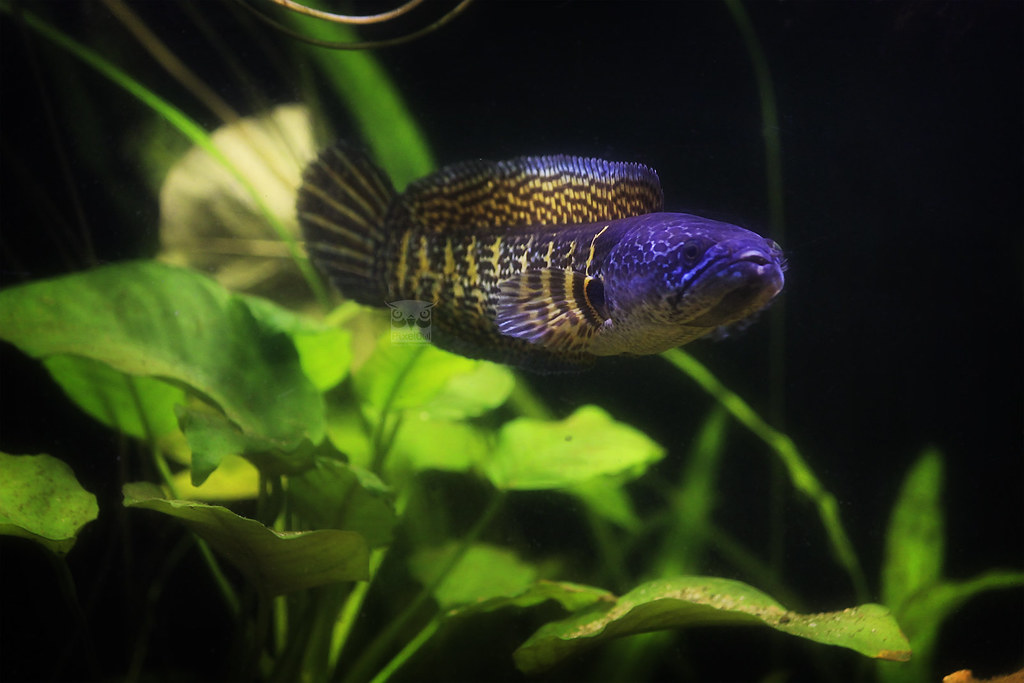
![]()
